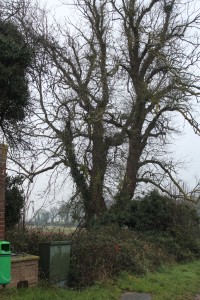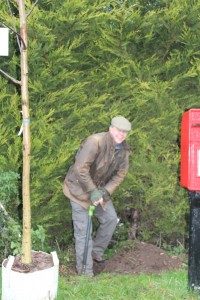A small white heron is a regular winter visitor to Brampton’s grazing meadows. The Little Egret used to be relatively uncommon in Norfolk and it’s visits in the 1960’s caused excitement in the bird watching fraternity. Now it seems to have suffer the curse of the commonplace – it is no longer rare enough to create the same level of excitement. However, it is a welcome guest to the water meadows here. It’s white plumage standing out in the Wintery greys and greens of the Meadows along the Mermaid river. The Egret’s yellow feet contrast strongly with it’s mainly black legs. It can be seen resting in a tall Ash tree or stealthily fishing in the river margins. Occasionally a second Egret appears on the scene. This usually signals the coming of Spring and the time to move back to the coast, perhaps to the breeding colony at Holkham.


